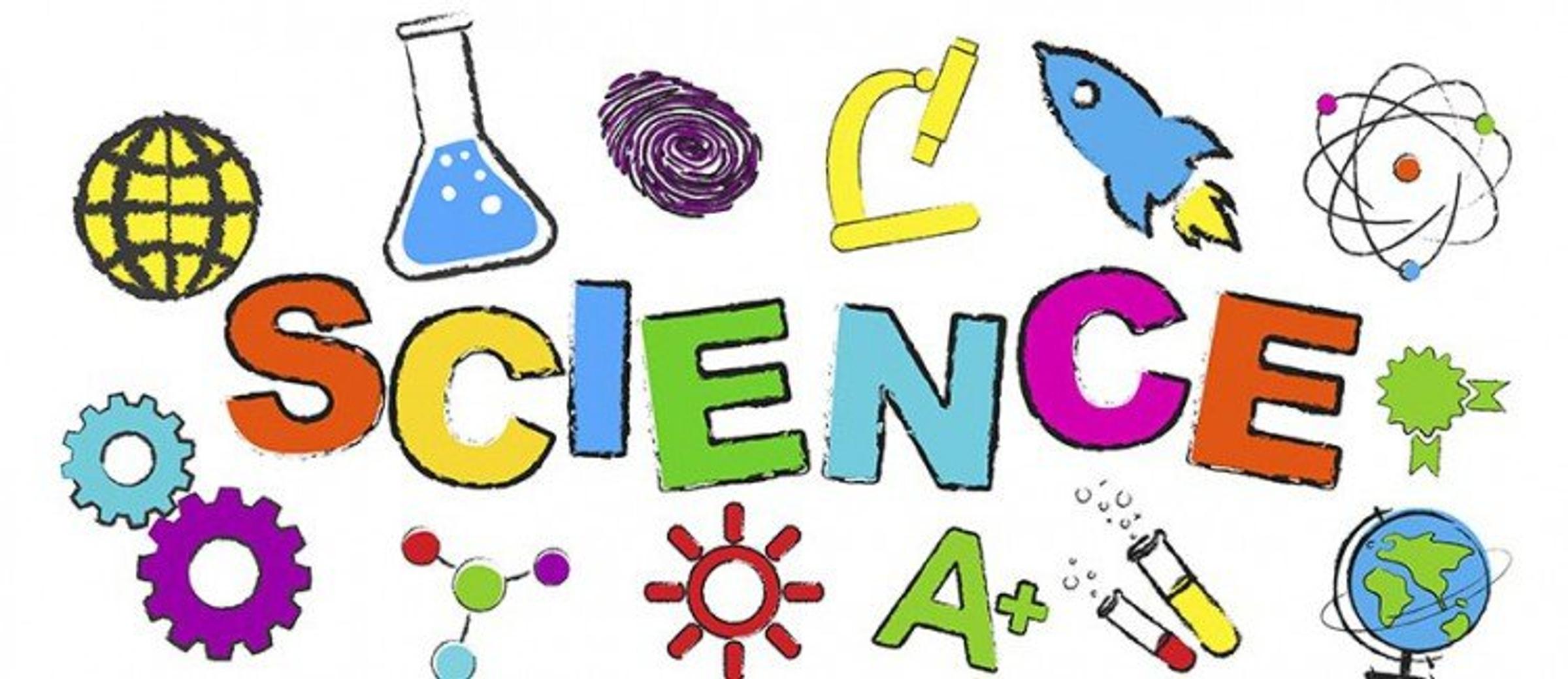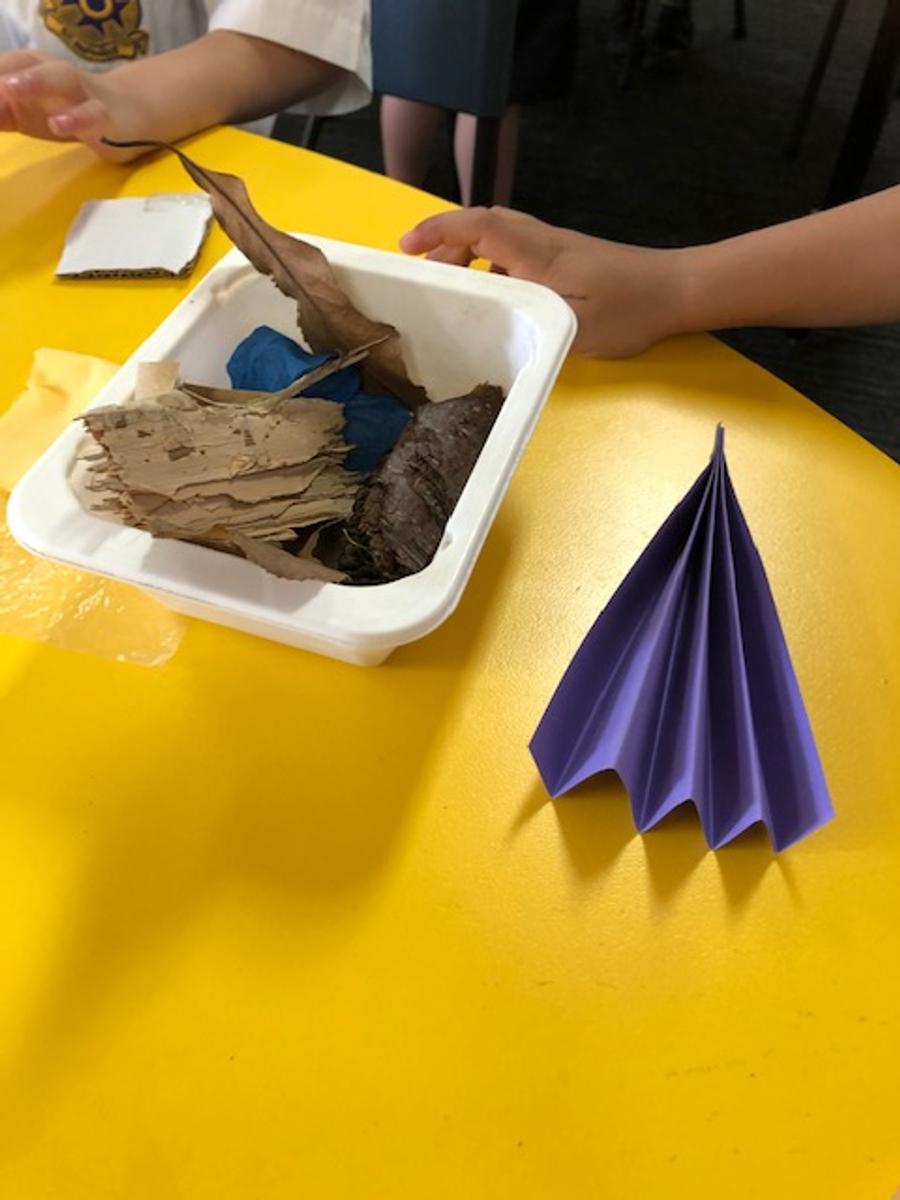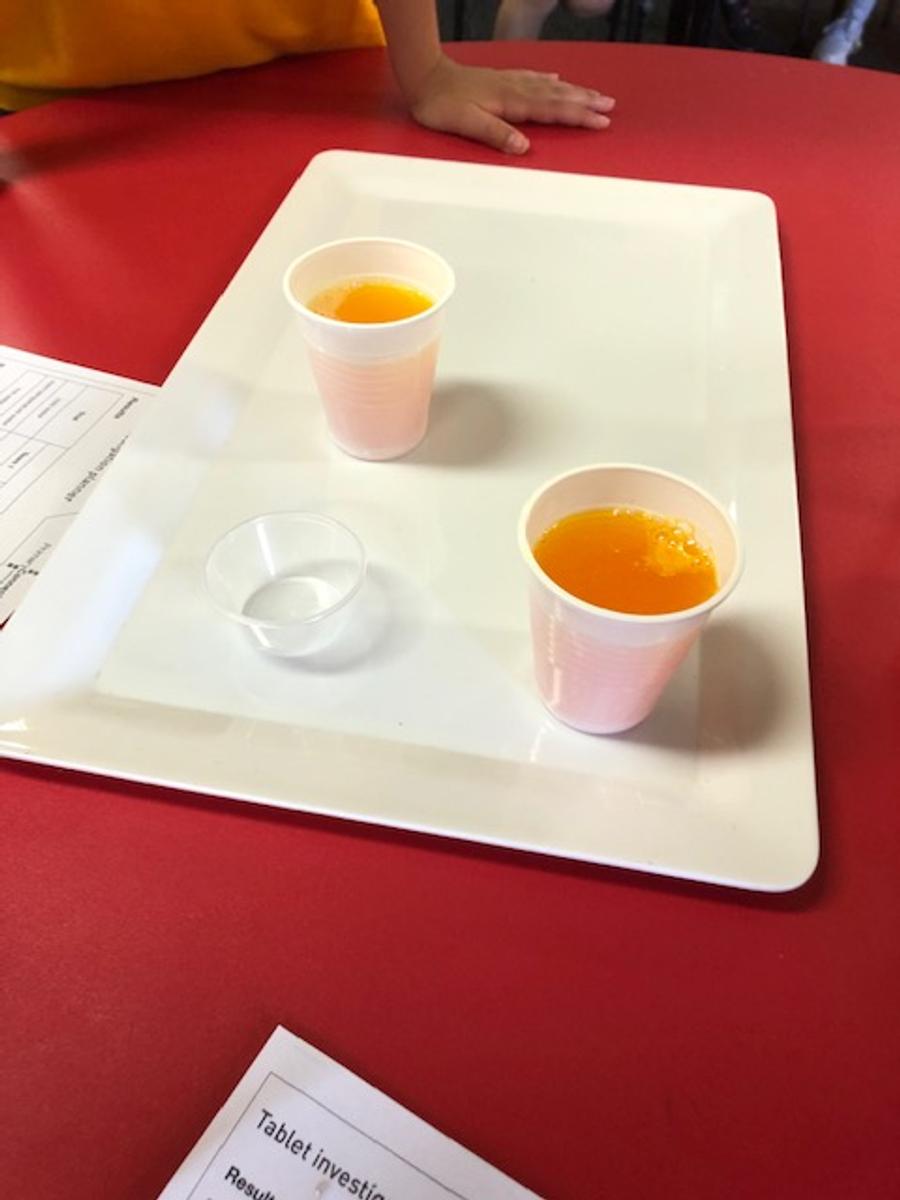Science Education
Julie Garbutt: jgarbutt@srprestonwest.catholic.edu.au

Science Education
Julie Garbutt: jgarbutt@srprestonwest.catholic.edu.au
In teams, students investigated the wind strength needed to move different objects. They recorded if the object moved with a 'light wind' or would need a 'strong wind' to move the object. To complete the unit 'Weather in my world', students created a weather report that described the weather, things to do and what to wear for that weather. Students had the opportunity to present their weather report to the class.




Students used the information they collected at home about examples of water use to create a Year 1/2 picture graph. Students compared their water use at home to another student, before helping identify categories of water use to include on the graph and adding their data (picture) to the graph. Students then interpreted the information and patterns shown in the graph. To compete the unit 'Water works', students drew and wrote about where water comes from, how water is used, who/what uses water and how we can use water responsibly.


Students investigated a variable affecting soil erosion. Working in teams students, changed the angle of a slope then measured and observed the impact on soil erosion. To complete the unit 'Beneath my feet', students created a map for a time capsule. Students explained why they chose to buy the capsule where they did and how the landscape might change over time.






Students investigated what happens to the reaction rate of a 'Berocca' tablet when we change the temperature of the water. Students explained their results and evaluated the effectiveness of the investigation. To conclude the unit 'Change detectives', students wrote a report on changes to substances we investigated over the term, including a labelled diagram and a description of the change, if it was reversible or irreversible and if the change was a physical or chemical change.






In week 8, all students engaged in leaning about our unique and important pollinators, as part of National Pollinator Week.
Foundation students viewed and discussed native bees before creating their own native bee. Year 1/2 students viewed and enjoyed an inspiring clip about pollination before completing a Visual Thinking Routine. Year 3/4 students focused on the group of pollinators called invertebrates. Year 5/6 students, focused on bees and explored the threats and potential solutions they face.